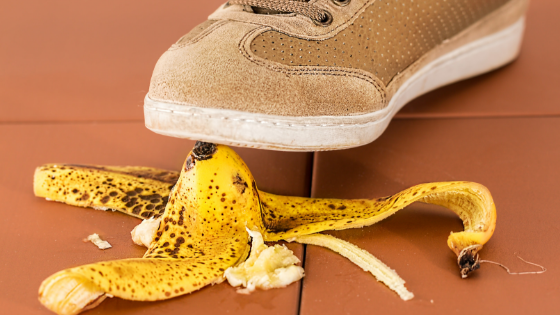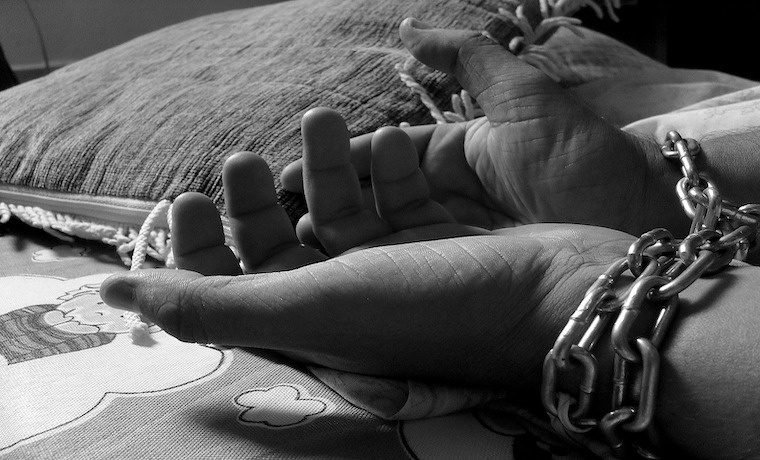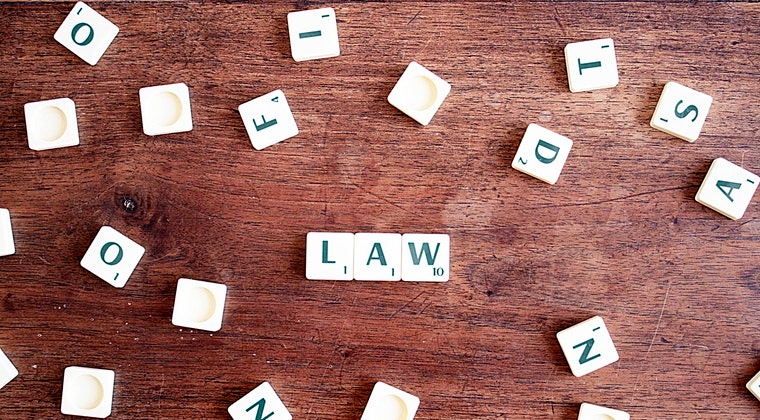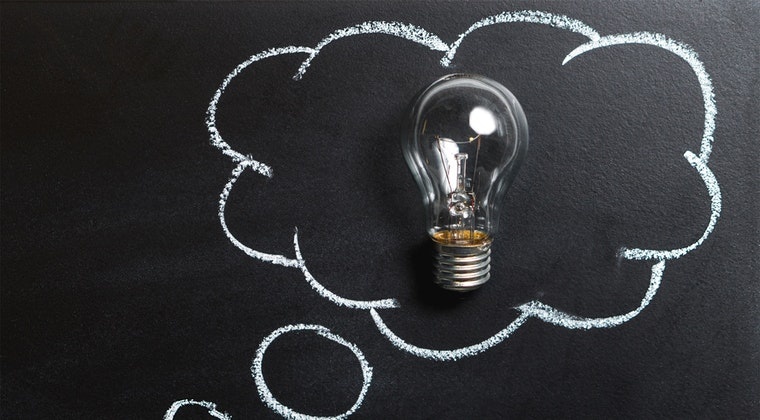One of the big mistakes that many small business owners make is that their business is an OOPS business. That is, a business with Only One Product or Service. Whilst a one product or service business might sound like it’s less complex and easy to run, the challenge is that an OOPS business is unlikely to be profitable.
To understand what I mean, we need to take a bit of a step back and examine two key maxims in business.
Maxim 1: Income follows Assets
The first key maxim is that income follows assets. Put another way, without assets a business is not able to generate income and is not sustainable over the longer term.
If we, for a moment consider, that our asset is a house, for example. We buy a house and then we can rent it to generate an income, or we can sell it at some later point to generate a lump sum. The same also applies to other assets such as shares, a car, equipment or even a book we might write.
Often the ‘asset’ in a business isn’t physical, but is instead intellectual. Every person in business is literally sitting on an untapped mountain of gold. Every person in business has valuable experience, they have skills and knowledge that has been developed over many years, and they have specific methods, processes and systems of work they have developed and refined throughout their working life. The big challenge is that in most cases, this gold remains in most people’s heads and is never extracted in a way that is useful or usable by someone else.
In a past post, I wrote about the key systems that businesses need to have. These systems are assets that can be sold or licenced to others. But there are many other types of assets that you can also develop and generate income from.
Perhaps you can partner with someone to write a book? Perhaps you have some specific expertise and can work with someone to develop a course? Maybe you can develop a specific product (see an earlier post on developing products).
Once you have an asset, you have the ability to generate an income, as well as show prospective clients how you are the best placed person or business to do their job.
Maxim 2: Product Ecosystems create profit
The second maxim is that products themselves don’t create profit, but product ecosystems do.
As I have written about in past articles (see here:) the buying journey can take a substantially long period of time and requires a significant amount of effort on your behalf before a prospect becomes a client. The cost of gaining a new client can therefore be quite substantial. If you were to calculate the acquisition cost of a new client and take into account the time it takes and the salary of the person dealing with prospective clients, it can easily amount to many thousands of dollars.
The thing is though, is that it is always far easier (and far less expensive) to get an existing client to buy again, then it is to get a prospect to become a new client and buy for the first time.
By creating a product ecosystem, you are providing a range of products for people at different stages of the buying process. By developing a product for existing customers, you have something new to sell existing customers, and in doing so they have a reason to come back again, and when they do your customer acquisition cost instantly drops to almost zero.
Developing your Product Ecosystem
We can achieve both of the maxims above by creating a product ecosystem containing a number of products or assets. The model I use to do this is known as the Ascending Transaction Model, or ATM for short, and was developed by Daniel Priestley, an Aussie ex-pat living in London.
The ATM identifies the specific products that are needed for a person in each step of the buying journey. For simplicity, the ATM identifies four steps with associated products:
- Free Gifts – for those early in the buying journey to raise awareness and interest. A free gift is exactly that. A gift that is given freely without any strings attached. It has to be something useful or of value. In last week’s article I mentioned quite a few potential gifts.
- Products for Prospects (P4P) – for those mid-way through the buying process, to get the prospective customer to hand over their email address or a small amount of money on a ‘teaser’ product. The P4P is something of higher value than the free gift such that the prospective client will either invest some time or some money and will be happy to give you their phone number or email address.
- A Core Product – this is most likely what you are already delivering for a client.
- Products for Customers (P4C) – a product for people that are already customers and have used your core product or service. Often once a customer has used your product or experienced your service, they often have a new set of problems that they need to solve.
What could be a P4P or P4C in your business?






